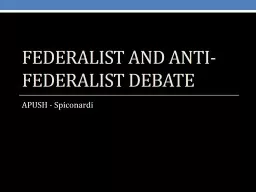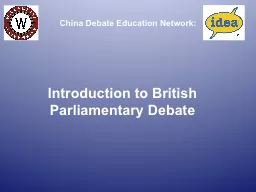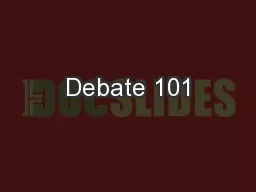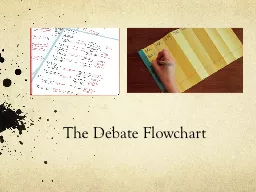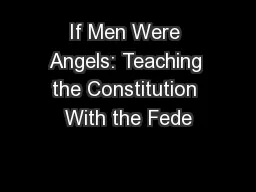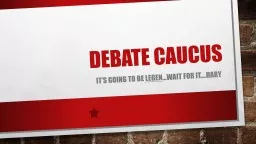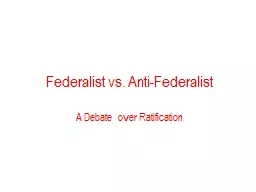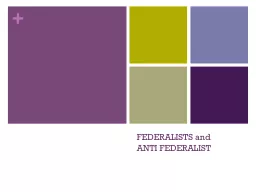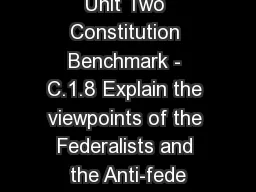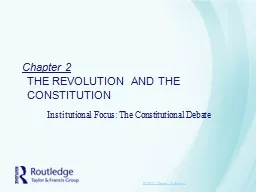PPT-Federalist and Anti-federalist Debate
Author : kittie-lecroy | Published Date : 2018-09-30
APUSH Spiconardi All communities divide themselves into the few and the many The first are the rich and wellborn the other the mass of the peopleThe people are
Presentation Embed Code
Download Presentation
Download Presentation The PPT/PDF document "Federalist and Anti-federalist Debate" is the property of its rightful owner. Permission is granted to download and print the materials on this website for personal, non-commercial use only, and to display it on your personal computer provided you do not modify the materials and that you retain all copyright notices contained in the materials. By downloading content from our website, you accept the terms of this agreement.
Federalist and Anti-federalist Debate: Transcript
Download Rules Of Document
"Federalist and Anti-federalist Debate"The content belongs to its owner. You may download and print it for personal use, without modification, and keep all copyright notices. By downloading, you agree to these terms.
Related Documents

